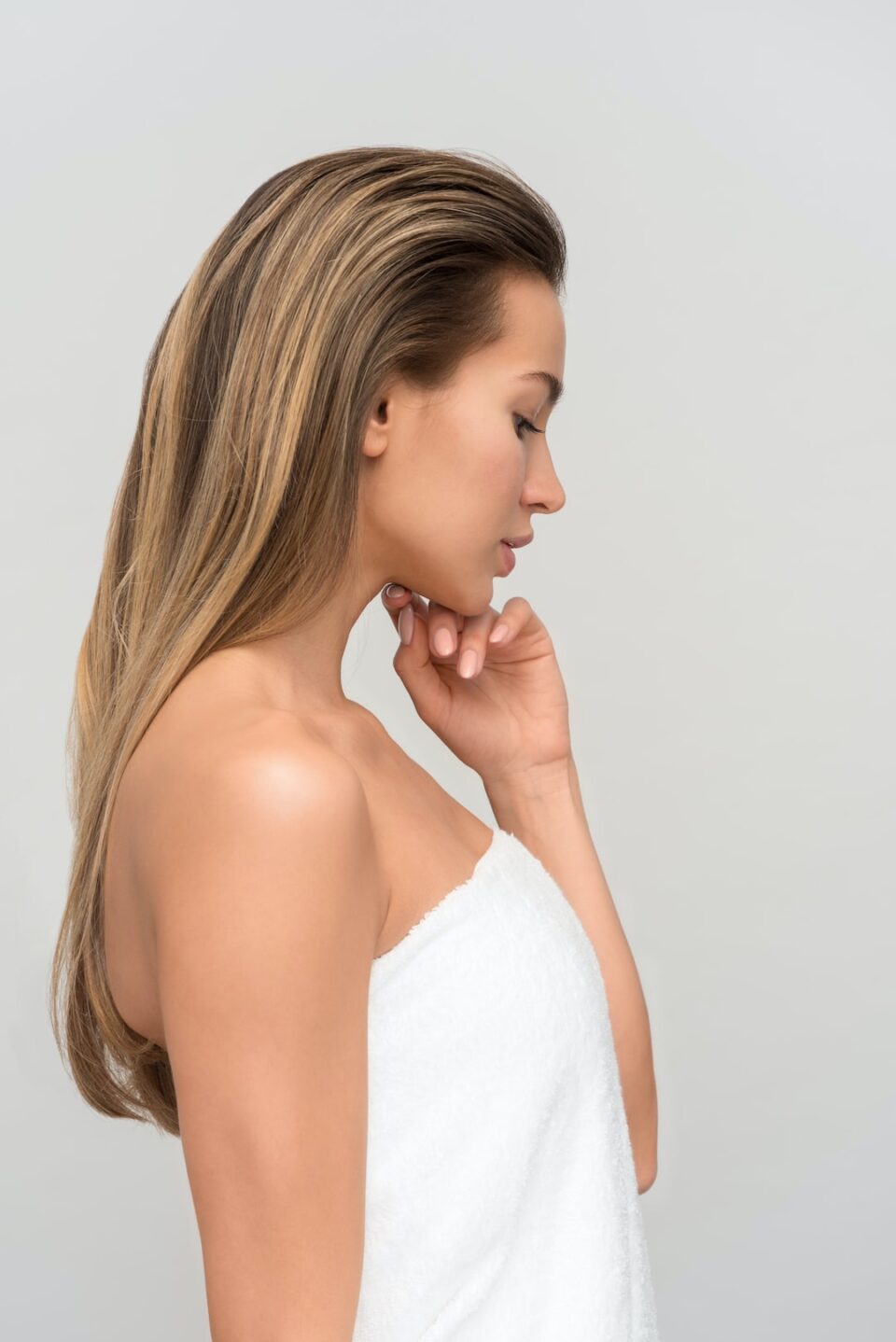Unleashing the Creative Side: The Therapeutic Benefits of Art Therapy
In our fast-paced and stressful world, finding ways to unwind and tap into our creative side has never been more important. Art therapy, a form of therapy that uses artistic expression as a means of communication and exploration, has been gaining popularity for its numerous therapeutic benefits. Whether through drawing, painting, sculpting, or any other artistic medium, art therapy provides a safe space for individuals to express their emotions, explore their thoughts, and discover their personal strengths.
One of the primary benefits of art therapy is its ability to promote self-expression. Many individuals struggle to put their feelings into words or find it difficult to communicate effectively. Art therapy offers an alternative method of expression, allowing individuals to visually represent their thoughts and emotions. Through the use of color, texture, and various artistic techniques, individuals can convey complex feelings that they may not yet have the words to express. This can be particularly helpful for those who have experienced trauma or are dealing with issues such as anxiety, depression, or grief.
Engaging in art therapy also encourages individuals to be present in the moment, which can have a profoundly calming effect on the mind and body. When creating art, individuals must focus their attention on the task at hand, diverting their thoughts from their worries and stressors. This state of focused engagement, often referred to as “flow,” has been shown to improve mental well-being and reduce symptoms of anxiety and depression. Additionally, the repetitive nature of certain artistic techniques, such as coloring or knitting, can induce a meditative state, promoting relaxation and mindfulness.
Furthermore, art therapy provides a platform for self-exploration and personal growth. Through the process of art-making, individuals can gain insight into their own thoughts, feelings, and experiences. For example, the use of symbolism in art can help individuals uncover unconscious emotions or patterns of behavior. Similarly, the act of creating something from scratch can foster a sense of accomplishment and boost self-esteem. As individuals explore their artistic abilities and experiment with different techniques, they may discover hidden talents or develop new coping strategies to navigate life’s challenges.
Art therapy is also a powerful tool for building connections and promoting social interaction. Group art therapy sessions allow individuals to engage in a shared creative experience, fostering a sense of belonging and community. Through the collaborative process of creating art together, individuals can learn from one another, gain different perspectives, and develop empathy and understanding. Additionally, the nonverbal nature of art-making provides a safe space for individuals to express themselves without the fear of judgment or misunderstanding.
In conclusion, art therapy offers a multitude of therapeutic benefits for individuals looking to tap into their creative side. Through self-expression, presence in the moment, self-exploration, and social interaction, art therapy provides a holistic approach to healing and personal growth. Whether you are an experienced artist or have never picked up a paintbrush, art therapy welcomes individuals of all skill levels and backgrounds. So, why not unleash your creative side and experience the transformative powers of art therapy?

